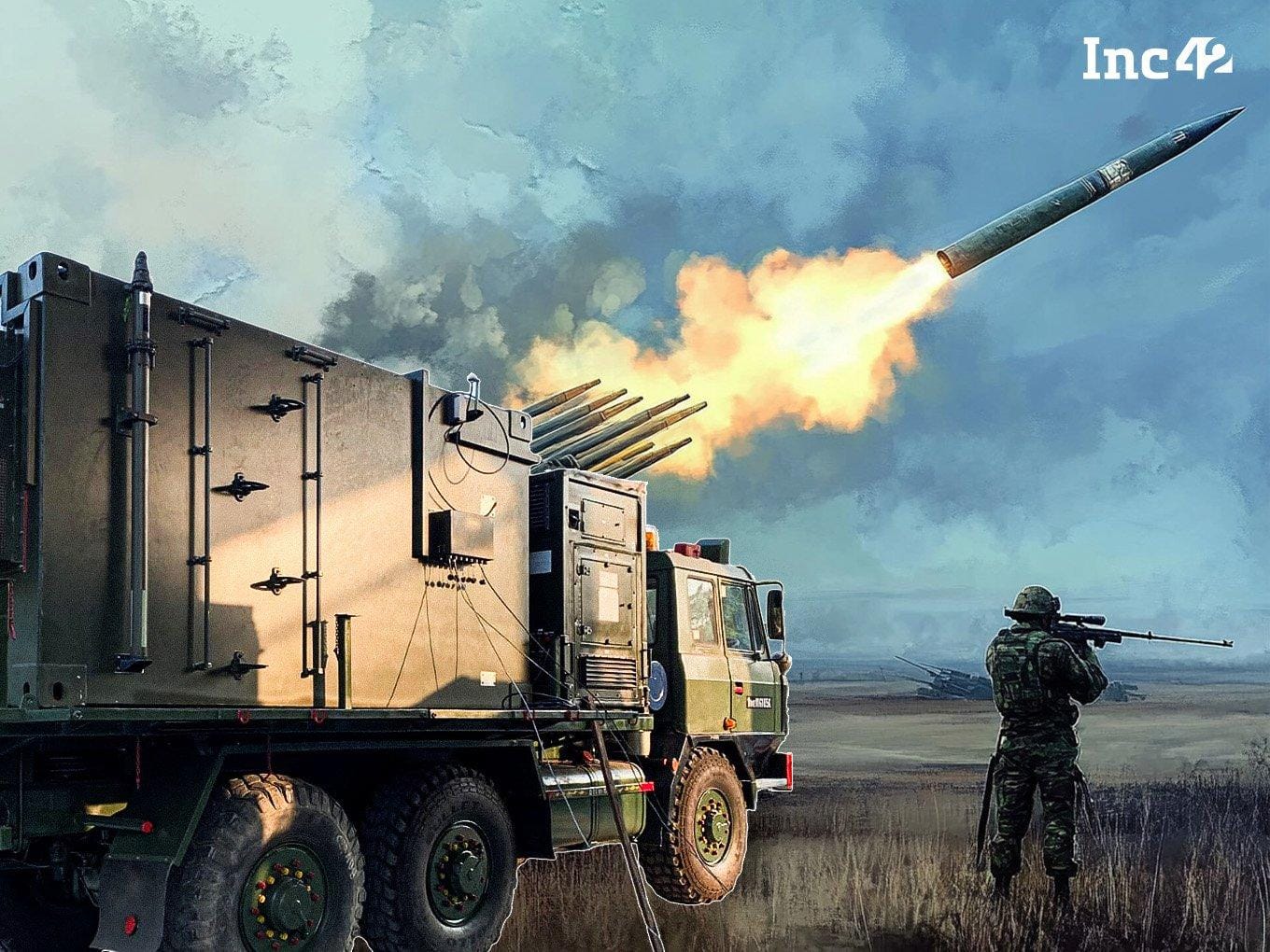The remarkable success of India’s indigenous Akashteer Air Defence Control and Reporting System in “Operation Sindoor,” achieving an unprecedented 100% interception rate against incoming projectiles, marks a pivotal moment for India’s geopolitical standing and its burgeoning defense export industry. This event not only validates India’s “Aatmanirbhar Bharat” (self-reliant India) initiative but also provides compelling evidence of its growing capabilities, which are now statistically reflected in its rising defense exports.
Akashteer’s Triumph and its Geopolitical Implications
Akashteer, developed by Bharat Electronics Ltd (BEL), is a sophisticated, automated system that integrates various sensors, radars, and communication technologies to provide a real-time air picture, enabling rapid detection, tracking, and engagement of aerial threats. Its ability to flawlessly neutralize all incoming drones and missiles during Operation Sindoor, as confirmed by the Indian Army, demonstrates a level of effectiveness that rivals, and in some aspects, surpasses, established global systems.
This success carries profound implications for India’s political standing:
Enhanced Strategic Autonomy:
The proven efficacy of an indigenously developed advanced air defense system significantly reduces India’s reliance on foreign imports for critical defense technologies. This bolsters India’s strategic autonomy, allowing it to make independent security decisions without being constrained by the supply-chain vulnerabilities or geopolitical leverage of other nations.
Strengthened Deterrence and Regional Influence:
Akashteer Air Defence did not miss a single incoming projectile. A 100% interception rate sends a strong message to potential adversaries, underscoring India’s robust defensive capabilities. This enhances India’s deterrence posture, making any aerial aggression a far costlier proposition. It also positions India as a more reliable and capable security partner in the Indo-Pacific, potentially leading to deeper defense collaborations and increased diplomatic influence.
Validation of “Make in India” and “Aatmanirbhar Bharat”:
Akashteer’s performance is a resounding success story for India’s self-reliance in defense. It instills greater confidence in indigenous research, development, and manufacturing, encouraging further investment and innovation in the domestic defense industrial base. This directly contributes to the broader national agenda of economic self-sufficiency.
Global Recognition and Prestige:
Achieving such a high success rate in a real-world scenario places India in an elite club of nations with fully integrated, automated air defense command and control capabilities. This elevates India’s global prestige as a technological powerhouse and a significant contributor to global security.
Statistical Analysis of India’s Rising Defense Exports
The success of Akashteer aligns perfectly with India’s ambitious drive to become a net defense exporter. Recent statistics highlight a remarkable upward trajectory:
Record-Breaking Growth:
India’s defense exports have witnessed an extraordinary surge, reaching a record high of ₹23,622 crore (approx. US$ 2.76 Billion) in the Financial Year (FY) 2024-25. This represents a growth of 12.04% over the FY 2023-24 figures of ₹21,083 crore.
Exponential Increase Over a Decade:
Over the past decade, from FY 2013-14 to FY 2024-25, India’s defense exports have soared by an astounding 34 times, indicating a sustained and aggressive push towards becoming a major defense manufacturing hub.
Contribution of Public and Private Sectors:
In FY 2024-25, the private sector contributed ₹15,233 crore, while Defense Public Sector Undertakings (DPSUs) contributed ₹8,389 crore to defense exports. Notably, DPSU exports showed a significant increase of 42.85% in FY 2024-25, reflecting the growing global acceptance of Indian defense products.
Expanding Global Footprint:
India now exports defense equipment to over 100 countries, with key buyers in FY 2023-24 including the USA, France, and Armenia. This diversification of export destinations underscores the increasing trust in India’s defense capabilities.
Ambitious Targets:
The Indian government has set an ambitious target of increasing defense exports to ₹50,000 crore by 2029, and a broader goal of ₹3 lakh crore (approximately US$36 billion) in defense manufacturing turnover by the same year, with a significant export component.
Akashteer’s Impact on Export Possibilities
The proven performance of Akashteer during Operation Sindoor directly translates into immense export potential for Indian defense equipment:
Proof of Concept and Battlefield Validation:
Unlike many defense systems that rely on simulations or limited trials, Akashteer has been battle-proven with a 100% success rate in a live combat scenario. This real-world validation is an invaluable selling point, offering concrete evidence of the system’s effectiveness and reliability to potential buyers.
Demand for Counter-Drone and Anti-Missile Solutions:
The increasing proliferation of drones and low-cost missiles in modern warfare creates a significant global demand for effective counter-UAS and air defense systems. Akashteer, with its demonstrated capability in this domain, is uniquely positioned to meet this demand. Its ability to handle a wide range of threats, including low-flying, hard-to-detect drones, makes it particularly attractive.
Cost-Effectiveness and Indigenous Design:
Being an indigenously developed system, Akashteer may offer a more cost-effective alternative to comparable Western or Russian systems without compromising on performance. This can appeal to a broader range of countries, especially those with budget constraints seeking high-quality, proven solutions.
Integrated Solutions:
Akashteer’s ability to seamlessly integrate various sensors and weapon systems, providing a unified air picture and automated response, is a significant advantage. This integration capability could make it an attractive option for countries looking to modernize and integrate their existing air defense infrastructure.
Strategic Alliances and Defense Diplomacy:
The export of such advanced systems can foster deeper strategic partnerships. Beyond direct sales, it opens doors for joint ventures, technology transfers, and training programs, strengthening India’s defense diplomacy and building long-term relationships.
Conclusion
In conclusion, “Operation Sindoor” and Akashteer’s stellar performance serve as a powerful testament to India’s growing prowess in indigenous defense technology. This tangible success not only elevates India’s geopolitical standing as a self-reliant and formidable power but also significantly bolsters its position as a credible and competitive player in the global defense export market, setting the stage for even more robust growth in the coming years.
